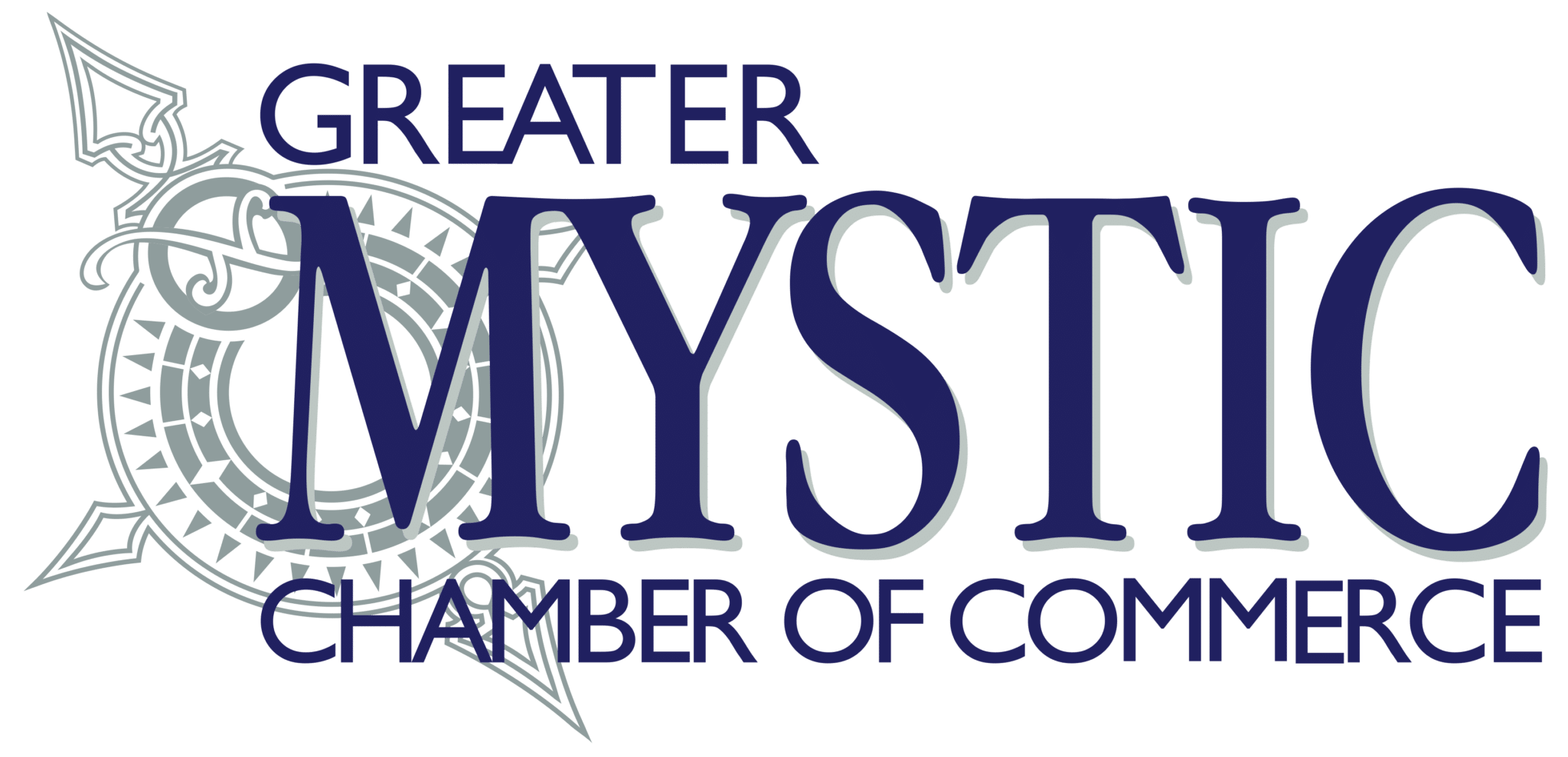The next time you’re out and about, look up at the roofs of the homes around you. Do you think more are stick-framed or trussed? Would you even be able to tell the difference? For that matter, do you even know what the difference is between the two?
Let’s start by defining each. When a builder stick frames a roof, that roof is being built—or assembled—on location, one piece of lumber at a time. “Ridge and valley” beams are hoisted into place first, followed by rafters and then ceiling joists. Each piece of lumber is cut to fit on the ground and then lifted to a framer who installs the “sticks,” one at a time. Stick framing has been around practically forever. If you live in an older neighborhood, every house likely has a stick-framed roof.
A wood truss is a manufactured product built off-site to the specifications required by a builder. Trusses include sloping and ceiling joists in a single structural piece. Once constructed, trusses are shipped to the home site, lifted with a crane, and installed directly above the house’s exterior walls. Trussing is a newer technology that has gained in popularity over the last few decades.
Benefits and drawbacks exist for each of these styles of roof construction. Our team is experienced with both, and our team would be happy to discuss the options with you, helping you decide which is better for the construction of your custom home, renovation, or addition.
Stick Framing: The Pros and Cons
Stick framing has a lot of support among builders of all stripes and in all locations throughout the U.S.
The benefits:
- With stick framing, all roof construction is done on-site, which is beneficial especially for building done in remote areas where it may be challenging to ship and receive prefabricated trusses.
- Since every stick framing job is, by definition, a custom job, it’s much easier to accommodate plan changes or make adjustments.
- Since all construction is performed on-site, no ordering lead time is required.
- Stick framing is a better option for complicated roofs with multiple gables or particularly steep pitches.
- Stick framing allows for vaulted ceilings, dormers, and attic space.
The flip side of many of the benefits of stick framing, however, can be drawbacks to this type of construction:
- When you are limited to building on-site, you’re often at the mercy of the weather. Bad weather can cause timeline delays and can jeopardize the integrity of your lumber.
- With on-site, custom stick framing, a more significant opportunity for accidents and injuries exists.
- Some municipalities may require stick-framed roofs to be inspected by a structural engineer to ensure they are safe and securely built.
- Costs—labor costs, especially—can be higher since all work is completed on-site.
- Craftsmanship: It can be difficult for even the most experienced and talented builders to precisely duplicate dozens of identical boards and rafters.
Roofing Trusses: The Pros and Cons
Roof trusses have their place and have been gaining in popularity steadily over the last 50 years.
The pros for using trusses include:
- Easy construction. The prefabricated trusses are assembled similar to a numbered puzzle with pieces that fasten to the main house and connect easily.
- This is a less labor-intensive method of roof construction; the potential upside in cost savings is significant.
- A trussed roof is solidly constructed, providing excellent support for roofing materials and protection from wind and storms.
- The elements of each truss are identical, and measurements are precise since they are factory built.
- It takes considerably less time to install a trussed roof than a stick-framed roof.
- Few, if any, weather-related concerns exist due to off-site construction.
However, trusses are not always the best option for every building project. Among the drawbacks:
- Homeowners and builders generally have less creative input into the size and style of roofs that can be built using trusses.
- Trussed homes typically provide less (if any) opportunity for attic space (whether for living or storage).
- More complicated roof styles and those with steep pitches or vaulted ceilings are less appropriate for trusses.
- It can be challenging to have trusses delivered to remote areas.
- Lead time is required for ordering and manufacture.
- It is impossible, from a practical standpoint, to accommodate plan changes and adjustments.
Stick-framing and trussed roofs are viable options with their own sets of benefits and drawbacks. Homeowners seeking to build, renovate, or add onto an existing home should talk with us to determine which option better meets your needs, timeline, and budget.
Our professional and experienced team has decades of building experience and have worked with stick framing and trussing. We are available anytime to discuss the options with you.
For more information, call us or click here to schedule your complimentary, no-obligation consultation.






